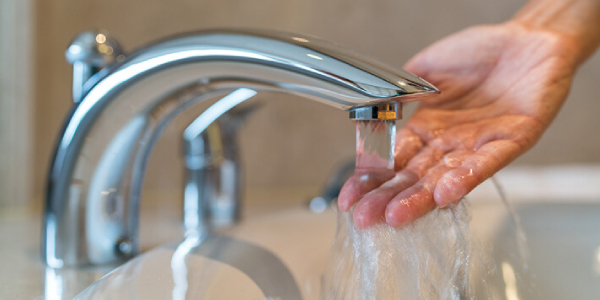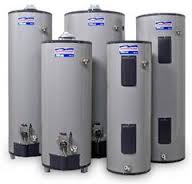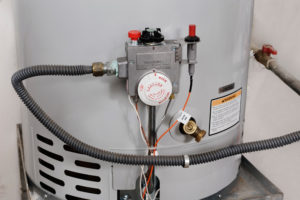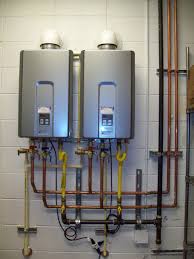How to Select an Arborist or Tree Service in San Antonio
The health and appearance of trees are most affected by the person with the pruning saw. Proper planting, pruning and care of a new tree can lead to a structurally strong and healthy tree for many years. Improper care can drastically shorten the life of a tree and waste the money and time invested in raising it to maturity.
A qualified professional will perform tree work properly and safely, but an unqualified person may further damage the tree, and more importantly may not be insured, leaving the liability burden to the client.
 Hiring a professional Tree Removal Company deserves careful consideration. Remember the following points when hiring or contracting with an arborist or tree care service:
Hiring a professional Tree Removal Company deserves careful consideration. Remember the following points when hiring or contracting with an arborist or tree care service:
* Check your telephone directory’s yellow pages under “Tree Service” for a listing of those businesses which do tree work in your area. While anyone can list themselves in the phone book, a listing indicates at least some degree of permanence. Be cautious of any professional that advertises “topping” as a service. “Topping” is not an approved tree maintenance practice.
* Ask for certificates of insurance, including proof of liability for personal and property damage and worker’s compensation. Then, contact the insurance company to make sure the policy is current. Under some circumstances you can be held financially responsible if an uninsured worker is hurt on your property or if the worker damages a neighbor’s property.
* Ask for local references. Take a look at some of the work, and if possible, talk with former clients. Experience, education and a good reputation are signs of a good professional.
* Don’t rush into a decision just because you are promised a discount if you sign an agreement now. Be sure you understand what work is to be done and for what amount of money. It is generally not a good idea to pay in full until the work is completed.
* Most reputable tree care companies have all the work they can handle without going door to door. People who aren’t competent arborists may solicit tree work after storms, seeing an opportunity to earn quick money. Storm damage creates high risk situations for both workers and property. Legitimate professionals never ask for payment in advance.
 * In most cases get more than one estimate and let each contractor know you are soliciting for other bids.
* In most cases get more than one estimate and let each contractor know you are soliciting for other bids.
* A conscientious professional will not use climbing spikes except when removing a tree. Climbing spikes open unnecessary wounds that could lead to decay arborist using climbing ropes
arborists use specialized equipment
* Good tree work is not inexpensive. A good professional must carry several kinds of insurance as well as pay for expensive and specialized equipment. Beware of estimates that fall well below the average. There may be hidden costs or the professional may not be fully insured or trained.
* Ask if the arborist is certified by either the New York Arborists Association or the International Society of Arboriculture. Certification is not required by the State of New York but it does indicate that the arborist has a high degree of knowledge.
* In your area many professionals may not be certified, if the professional you are considering is not certified, determine if he/she is a member of any professional organizations. Membership in professional organizations does not guarantee quality, but does indicate professional commitment.
Credit: Department of Environmental Conservation @ https://www.dec.ny.gov/lands/5291.html


 Heating Repair San Antonio
Heating Repair San Antonio Or via email. Please include your name, contact information and brief explanation of the problem that you are having with your heating. As soon as we receive the email we will contact you in order to schedule your appointment for San Antonio heating repair.
Or via email. Please include your name, contact information and brief explanation of the problem that you are having with your heating. As soon as we receive the email we will contact you in order to schedule your appointment for San Antonio heating repair. A heating thermocouple (left and opposite, top shuts off gas if the pilot light goes out. But the pilot will not stay lighted if it is too low to heat the thermocouple. In many heating unit models the pilot flame may be raised or lowered by taking off the screw cap and carefully turning the adjustment screw on the combination control to regulate flow in the pilot supply line. Pilot reigniting procedures also varies they are on a metal tag attached to, or near. A-gas cock on the combination control. Over half the central heating systems in American houses are the forced-warm-air type-29 million units. Unlike hot-water and steam heating systems, a forced-air heating system uses no water, so there is no danger of burst pipes, no need for filling or draining. It warms and circulates air with a heating burner, a motor-driven fan—or blower—and a duct network.
A heating thermocouple (left and opposite, top shuts off gas if the pilot light goes out. But the pilot will not stay lighted if it is too low to heat the thermocouple. In many heating unit models the pilot flame may be raised or lowered by taking off the screw cap and carefully turning the adjustment screw on the combination control to regulate flow in the pilot supply line. Pilot reigniting procedures also varies they are on a metal tag attached to, or near. A-gas cock on the combination control. Over half the central heating systems in American houses are the forced-warm-air type-29 million units. Unlike hot-water and steam heating systems, a forced-air heating system uses no water, so there is no danger of burst pipes, no need for filling or draining. It warms and circulates air with a heating burner, a motor-driven fan—or blower—and a duct network. Professional Plumber’s guidance on the way to troubleshoot and take care of a electric or gas
Professional Plumber’s guidance on the way to troubleshoot and take care of a electric or gas  Typical water heater complications include a leaking tank, not enough hot water, water that is too hot, water that is not hot enough, strange noises in the tank, and discolored water. Most water heater problems are easier to diagnose and relatively easy to handle if you understand how they work. For more about this, see How a Storage Water Heater Works.
Typical water heater complications include a leaking tank, not enough hot water, water that is too hot, water that is not hot enough, strange noises in the tank, and discolored water. Most water heater problems are easier to diagnose and relatively easy to handle if you understand how they work. For more about this, see How a Storage Water Heater Works. Before draining and flushing your water heater, turn off the gas or electric power (depending on whether it is a gas or electric water heater) and let the water cool a little. Close the incoming water valve and attach a hose to the drain valve to run the water into a large bucket or to a drain or the outdoors.
Before draining and flushing your water heater, turn off the gas or electric power (depending on whether it is a gas or electric water heater) and let the water cool a little. Close the incoming water valve and attach a hose to the drain valve to run the water into a large bucket or to a drain or the outdoors. This is also a good time to test the temperature-pressure relief valve, which keeps pressure in the boiler from building up too much. Lift or lower its handle. Water should drain from the overflow pipe.
This is also a good time to test the temperature-pressure relief valve, which keeps pressure in the boiler from building up too much. Lift or lower its handle. Water should drain from the overflow pipe.